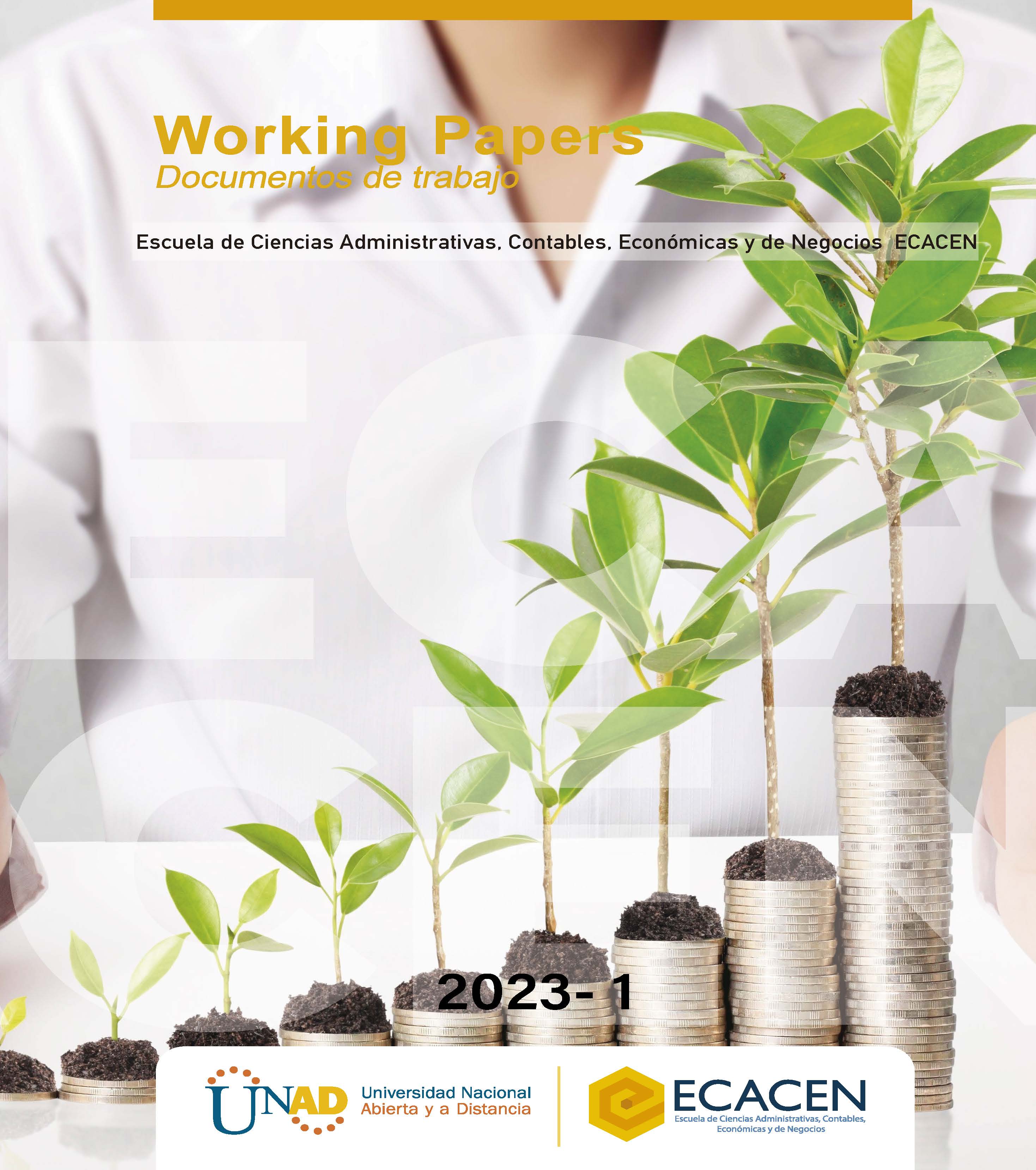A look at the economic, financial, social and environmental aspects of coffee cultivation in Colombia - 2022
Colombia is the third largest coffee producer in the world, with 654,000 farms and 540,000 producers, of which 30% are women. 70% of the production is generated by small producers with plots of less than 5 hectares. The world market moves approximately USD 200,000 million in sales, of which the coffee grower only receives between 6 and 10%. 844,000 hectares are dedicated to growing coffee, generating 730,000 direct jobs and 2 million people dedicated to coffee growing. Inputs for growing coffee are imported, which increases production costs and reduces the profitability of coffee growers. The coffee sector has contributed to the economic growth of Colombia, but faces challenges such as the volatility of international coffee prices, the variability of production due to climatic changes, and the reduction in the profitability of coffee growers. Furthermore, many coffee farmers live in conditions of poverty and lack access to basic services.
Given the above context, in this paper, without claiming to be exhaustive, financial, economic, social and environmental issues related to coffee cultivation are addressed.





